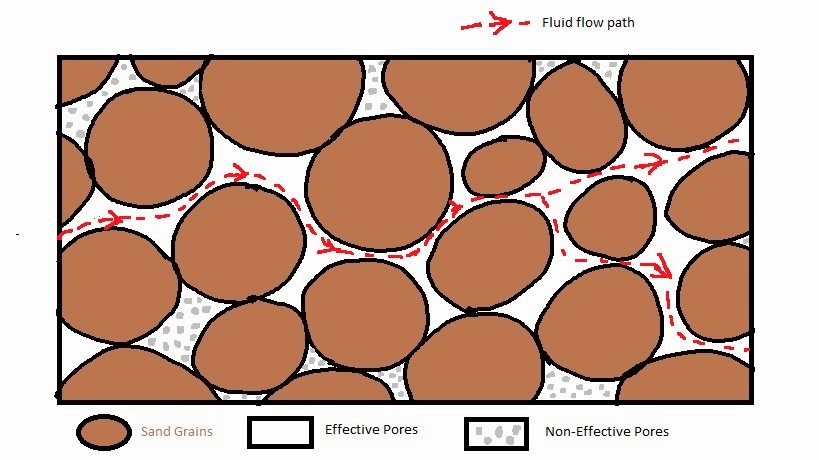In a production well, as flow-valves is opened and fluids starts to flow, BHP decreases. Measurements of pressure drop in such a well is called "Pressure Draw-Down Test". On the other hand, when the well is closed, BHP increases. Measurements of building up of pressure of such a well is called "Pressure Build-Up Test".
In an injection well, as injection starts BHP increases. Measurements of pressure building up in such a well is called "Pressure Build-Up (Injection) Test". On the other hand, when the well is closed, injection stops and BHP decreases. Measurements of pressure fall in such a well is called "Pressure/Injection Fall-Off Test".
In an injection well, as injection starts BHP increases. Measurements of pressure building up in such a well is called "Pressure Build-Up (Injection) Test". On the other hand, when the well is closed, injection stops and BHP decreases. Measurements of pressure fall in such a well is called "Pressure/Injection Fall-Off Test".




















